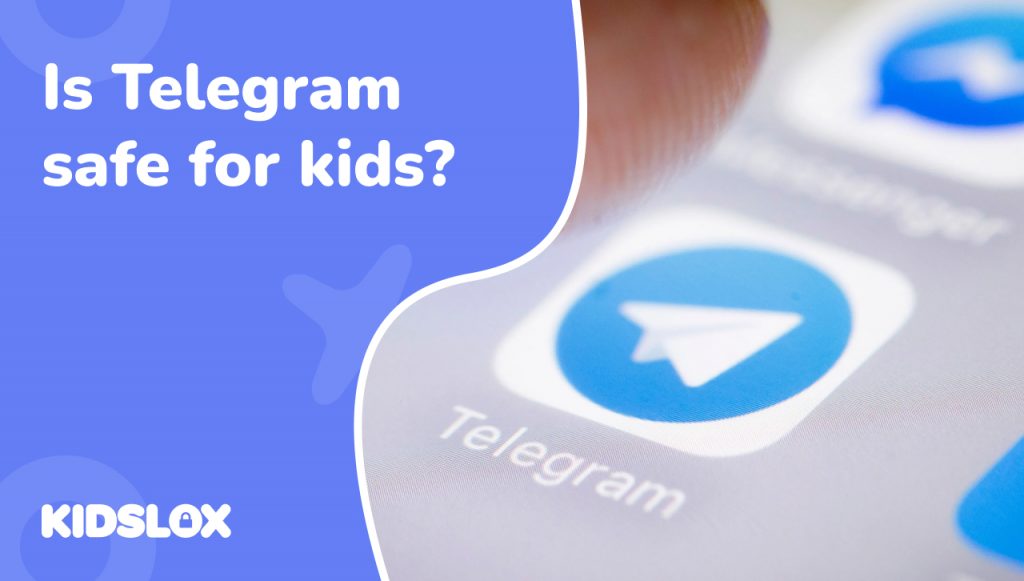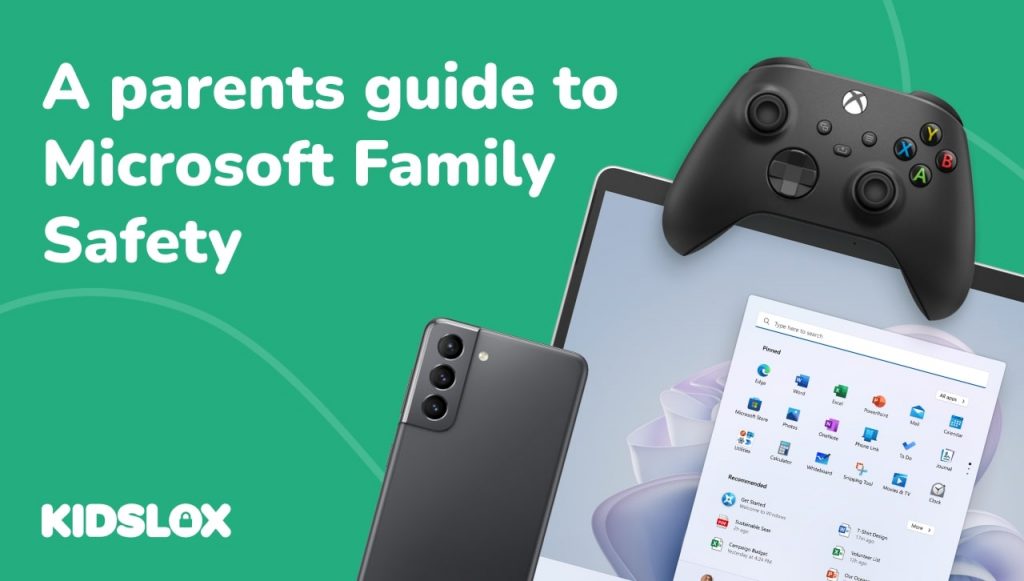According to a study by JAMA Pediatrics, 15% of teens have sent a ‘sext’ and 27% have received one. The journal’s analysis of a number of studies found that sexting behaviours are increasing in groups of young people with incidences becoming more common as teens get older.
One of the studies included in JAMA’s analysis found that, of the 600+ interviewed, 40% of high school boys and 30% of girls of the same age had received ‘nudes’ – or naked messages from someone.
As this behaviour is on the rise, sexting awareness for parents is a key part of managing the behaviour. So what exactly is sexting and what are the consequences of sexting that parents and teens should be aware of?
What is sexting?
Teenagers communicate across a wide variety of social networks and apps and can use any of these to send and receive explicit content. Sometimes this content is unsolicited and can include suggestive or explicit texts, images, and videos.
What are the consequences of teen sexting?
Parents and teens dread ‘The Talk’ in equal measure. Now, with the rise of sexting, there’s another element to sexual activity that modern parents need to be aware of and watch out for.
With sexting becoming increasingly commonplace, it has become a normalized way for teens to explore their sexuality, flirt, and engage in romantic relationships.
However, there are lots of potential consequences of sexting, sending nude pictures, which are really important to make your child aware of. Lets look at them in more detail.
Bullying and blackmail
One of the biggest consequences of sexting is that once you create and send an image to another person, you don’t have any control of its distribution or replication. If images fall into the wrong hands, this can be a great source of shame and upset for teens.
It is not uncommon for teens to report incidences of their private imagery or texts having been shared with others without their knowledge and the topic of ridicule online. This cyberbullying can have a really significant impact on a teen’s quality of life and can affect their mood, as well as their experience at school and even their grades.
It is impossible to trust someone completely, and so teens should be aware that the best way to prevent this from happening is not to send the content in the first place. Even if you do trust someone, you can’t control whether they will have their device broken into and your pictures and messages screenshotted, stolen and shared.
Revenge porn
Many teens will engage in sexting activities when they are in a relationship. This is often seen as a normal part of young people’s developing romantic lives, but trouble can occur when that relationship ends and one party sets out to shame the other.
One way that teens are doing this is by using intimate images from the relationship and going on to share them with others – and even publicly with the intent to shame and embarrass their former partner.
As this horrible phenomenon has increased in recent years, lawmakers in several countries have put legislation in place to prevent and punish those who take part in revenge porn.
As of July 2021, 48 US states had legislation in place to prosecute those who engage in revenge porn by distributing unauthorized, sexual, and explicit material of someone else without their consent.
You can learn more about the criminal implications of sexting and revenge porn here.
Criminal charges for sexting
One of the most serious consequences of sexting and sending inappropriate content to others is the risk of being charged with a criminal offense – even if your teen as mutually, and consensually created content and shared it with someone else.
In many states, sexting is criminalized in various ways and, in extreme circumstances, can lead to teens being prosecuted for sexting. You can find out more about the specifics of the laws on sexting for under 18s here.
The case of Carmega Copening, a teenager charged for offences relating to sexting, made headlines when the High School basketball star faced 10 years in prison for sexting with his teenage sweetheart.
The case highlighted the complexity of the law for many states like North Carolina where it is illegal to send, or recieve sexual pictures if you are under the age of 18. In the eyes of the law in their state, because they were 16, both teens were liable to be prosecuted for sharing illegal pictures of a minor. This was the case even though the activity was consensual and it was images of each other.
The mental health consequences of sexting
As sexting becomes more commonplace for modern teens, many young people may feel peer pressure to send their own sexually explict texts and content. This can lead to a number of consequences for their mental and emotional health.
According to a PubMed review of studies on the subject of emotional health and sexting, researchers Ybarra & Mitchell found that psychosocial problems were more frequently observed in teens who had sent, or showed sexual photos of themselves. The research also concluded that teenage girls showed an associated between symptoms of depression and sexting behaviour.
Other concerning associations between emotional and mental health consequences of sexting included links to impulsivity and substance abuse problems as well as lower self-esteem.
I am worried that my teen is sexting – what should I look out for?
Classic behavioural signs that your child is carrying out behaviours that they know don’t want you to know about can include spending more time alone, hiding their devices, becoming withdrawn and spending less time with the family. You might also notice that your child is dating, or expressing an interest in romantic relationships.
Sometimes, teens will use slang and emojis to communicate sexually. Here are some examples of sexting codes and their meanings that might come across in their personal communications:
53X = sex
8 = oral sex
CD9 = code 9, parents are around
P911 = parent alert
CU46 = see you for sex
GNOC = get naked on cam
GYPO = get your pants off
IMEZYRU = I’m easy, are you?
IPN = I’m posting naked
ITS = intense text sex
IWSN = I want sex now
J/O = masturbating
LH6 = let’s have sex
LHU = let’s hook up
NFS = need for sex
PRON = porn
TDTM = talk dirty to me
RUH = are you horny?
Teens might also use emojis to sext, which can crudely obvious, including using the eggplant and banana to symbolise a penis and the peach for someone’s butt.
How to approach the topic of sexting with your teenagers
If you’re worried that they’re sexting, or that they might be tempted into it to fit in with peers, here are some suggestions on how to bring up the topic at home.
If your child has started dating or expressed an interest in romantic relationships, it’s a good idea to explain the consequences of sexting them to help guide them to make informed decisions about their behaviour.
1. Ask, don’t assume
Before you jump in and lecture your teen about the consequences and dangers of sexting to warn them off, start the conversation by asking questions. Some things to try include, ‘do you know anyone who’s sent inappropriate texts’, ‘are people sending inappropriate texts and images at school?’. You might be surprised by how much they’re willing to tell you if you approach the subject open-endly.
2. Create opportunities
Ask probing questions that invite your teen to give their opinion and opportunities for you to gently coach them into a more informed way of thinking. For example, perhaps you see an article about someone who has had their intimate pictures shared without their consent – ask your teen how they think that would feel, and what that person might need to do to help take control of the situation.
3.Teach boundaries early
We teach our children appropriate boundaries from an early age – what consent is, and how to ensure we’re behaving in the right way to others – and how to protect their own boundaries by respecting them in the home. The more empowered your teen feels about their own red lines, and how to communicate their wants effectively, the more they will be guided by their self-esteem when it comes to making decisions about sexting.
4. Little and often
Don’t expect the conversation to be one and done with a huge lecture. The most effective way to keep the topic front of mind, and get your teen to critically evaluate their choices is to keep repeating the topic in a sensitive way. As your teen grows and develops new friendships, relationships and encounters new situations, you have ongoing opportunities to remind them of the consequences of certain behaviours, and ask them for their opinion on what the best decisions to make are.





